Home>Gardening & Outdoor>Outdoor Recreation & Activities>How To Measure For A Trampoline Pad
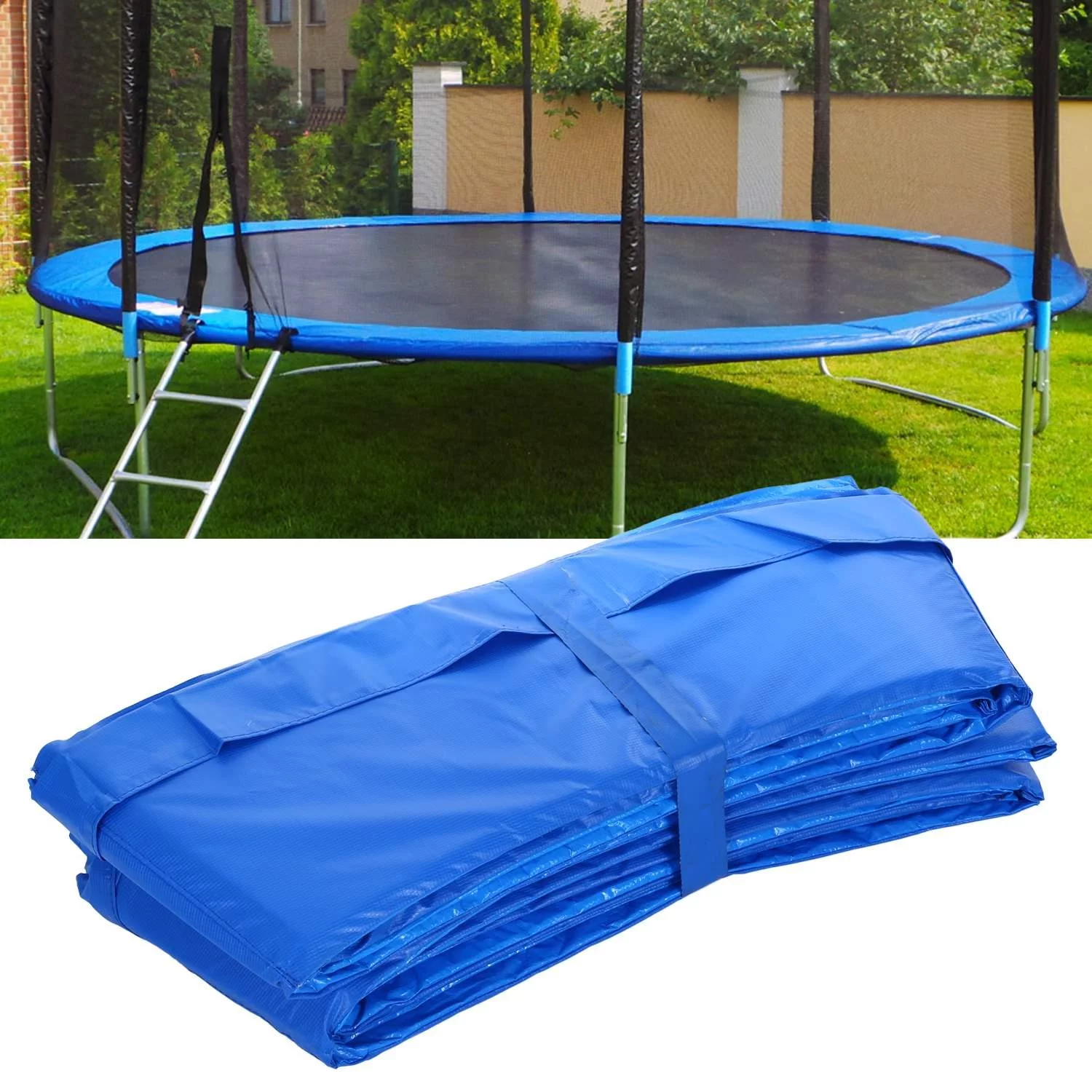

Outdoor Recreation & Activities
How To Measure For A Trampoline Pad
Modified: October 21, 2024
Learn how to measure for a trampoline pad to ensure a perfect fit for your outdoor recreation and activities. Follow our simple guide for accurate measurements.
(Many of the links in this article redirect to a specific reviewed product. Your purchase of these products through affiliate links helps to generate commission for Storables.com, at no extra cost. Learn more)
Introduction
Welcome to the exciting world of trampolining! Whether you're a seasoned bouncer or a newcomer to this thrilling activity, ensuring the safety and longevity of your trampoline is paramount. One essential component of trampoline maintenance is the trampoline pad, which provides crucial protection for jumpers by covering the springs and frame.
In this comprehensive guide, we will walk you through the process of measuring for a trampoline pad. By following these steps, you can ensure that you select the perfect pad that fits your trampoline like a glove, offering optimal safety and performance. Whether you're replacing an old pad or purchasing a new one, taking accurate measurements is the first and most crucial step in the process.
So, let's dive in and learn how to measure for a trampoline pad effectively. Whether you're a parent setting up a trampoline for your children or a fitness enthusiast looking to enhance your workout routine, this guide will equip you with the knowledge and confidence to make an informed decision when selecting a trampoline pad. Let's get started!
Key Takeaways:
- Measure the diameter and width of your trampoline to ensure a perfect-fitting pad, providing essential coverage and protection for safe bouncing fun.
- Consider the thickness and unique features of your trampoline when measuring for a custom pad, ensuring a secure and seamless fit for enhanced safety and performance.
Read more: How To Use A Mattress Pad
Step 1: Measure the Diameter of the Trampoline
The first step in measuring for a trampoline pad is determining the diameter of your trampoline. This measurement is crucial as it directly impacts the size of the pad you will need. To measure the diameter accurately, follow these simple steps:
- Locate the Center: Find the exact center of your trampoline. This can be achieved by measuring from opposite ends and marking the midpoint.
- Use a Measuring Tape: With the center identified, take a measuring tape and extend it across the trampoline, ensuring it passes through the center point. Record the measurement from one end of the trampoline to the opposite end. This figure represents the diameter of your trampoline.
- Double-Check: For added accuracy, measure the diameter in multiple directions, ensuring that the measurements align. This redundancy helps to eliminate errors and ensures that you have the correct diameter for your trampoline.
By accurately measuring the diameter of your trampoline, you lay the foundation for selecting a trampoline pad that fits perfectly, providing essential coverage and protection for jumpers. With this measurement in hand, you are ready to move on to the next step in the process of measuring for a trampoline pad.
Step 2: Measure the Width of the Trampoline Frame
After determining the diameter of your trampoline, the next critical measurement involves assessing the width of the trampoline frame. This measurement is essential for ensuring that the trampoline pad adequately covers the frame, offering complete protection to users. Here’s how to accurately measure the width of the trampoline frame:
- Locate the Frame: Identify the outer edge of the trampoline frame. This is the metal structure that encircles the jumping surface and provides structural support to the trampoline.
- Use a Measuring Tape: With the frame identified, take a measuring tape and place it against the outer edge of the frame. Extend the tape across the width of the frame to the opposite side, ensuring it follows the curvature of the trampoline. Record the measurement, which represents the width of the trampoline frame.
- Consider Padding Overhang: When measuring the width of the frame, it’s advisable to account for any desired overhang of the trampoline pad. Overhang refers to the portion of the pad that extends beyond the frame, providing additional coverage and safeguarding jumpers from inadvertently coming into contact with the springs or frame during use.
Accurately measuring the width of the trampoline frame is crucial for selecting a pad that offers comprehensive coverage and protection. By following these steps, you ensure that the trampoline pad will fit securely over the frame, creating a safe and enjoyable jumping experience for users. With this measurement complete, you are ready to proceed to the next step in the process of measuring for a trampoline pad.
When measuring for a trampoline pad, always measure the diameter of the trampoline frame to ensure you get the right size pad. Measure from the outer edge of the frame to the opposite outer edge.
Step 3: Determine the Thickness of the Trampoline Pad
Once you have measured the diameter of your trampoline and assessed the width of the frame, the next crucial consideration is determining the thickness of the trampoline pad. The pad’s thickness directly impacts its shock-absorption capabilities, providing a comfortable and safe surface for jumpers. Here’s how to accurately assess the thickness of the trampoline pad:
- Inspect the Current Pad (if applicable): If your trampoline already has a pad, carefully examine its thickness. This can be done by measuring the depth of the pad from its top surface to the point where it meets the frame. If you are satisfied with the current thickness, you can use this measurement as a guide for selecting a replacement pad.
- Consider User Preferences: Take into account the preferences and requirements of the trampoline users. If the trampoline is primarily used by children, a thicker pad may be desirable to enhance safety. Alternatively, for fitness enthusiasts or athletes, a thinner pad may suffice, providing a firmer surface for more dynamic movements.
- Assess Shock Absorption: The thickness of the trampoline pad directly impacts its shock-absorption capabilities. A thicker pad can effectively cushion landings, reducing the impact on joints and muscles. Conversely, a thinner pad may provide a firmer surface, ideal for activities that require more bounce and responsiveness.
By carefully considering the thickness of the trampoline pad, you can select a pad that aligns with the safety and performance requirements of the trampoline users. Whether it’s for recreational jumping, fitness routines, or athletic training, the pad’s thickness plays a crucial role in providing a comfortable and secure experience. With this measurement in mind, you are well-equipped to proceed to the next step in the process of measuring for a trampoline pad.
Step 4: Consider Additional Measurements for Custom Pads
When it comes to selecting a trampoline pad, especially for custom or specialized trampolines, considering additional measurements is essential to ensure a perfect fit and optimal performance. Custom pads are tailored to specific trampoline models or unique requirements, and taking precise measurements is crucial for a seamless and secure fit. Here are the key considerations for measuring for custom pads:
- Unique Shape or Design: If your trampoline features a non-standard shape or design, such as oval, rectangular, or octagonal, it’s imperative to measure the trampoline’s unique dimensions accurately. This may involve measuring the length, width, and specific angles of the trampoline to ensure a custom pad fits perfectly.
- Attachment Mechanism: Some trampolines utilize specialized attachment mechanisms for securing the pad to the frame. If your trampoline has unique attachment points or fastening methods, take precise measurements of these areas to ensure compatibility with a custom pad.
- Specialized Features: Certain trampolines may include specialized features, such as built-in enclosures, safety nets, or integrated accessories. When measuring for a custom pad, consider these features and their impact on the pad’s fit and functionality, ensuring that the pad accommodates all unique elements of the trampoline.
By considering these additional measurements for custom pads, you can ensure that the pad is tailored to the specific requirements of your trampoline, offering a secure and seamless fit. Whether it’s a one-of-a-kind trampoline design or a specialized model with unique features, taking precise measurements is crucial for obtaining a custom pad that enhances safety and performance. With these considerations in mind, you are well-prepared to make informed decisions when selecting a custom trampoline pad.
Read more: What Is A Furniture Pad
Conclusion
Congratulations! By following the steps outlined in this guide, you have gained valuable insights into the process of measuring for a trampoline pad. Taking accurate measurements is the cornerstone of selecting a pad that offers optimal protection, safety, and performance for trampoline enthusiasts of all ages. Let’s recap the key points covered in this guide:
- Step 1: Measuring the diameter of the trampoline sets the foundation for selecting a pad that fits the trampoline perfectly, providing essential coverage.
- Step 2: Assessing the width of the trampoline frame ensures that the pad securely covers the frame, safeguarding jumpers from potential contact with the springs or frame.
- Step 3: Determining the thickness of the trampoline pad is crucial for providing the desired shock absorption and comfort for users.
- Step 4: Considering additional measurements for custom pads is essential for accommodating unique trampoline shapes, attachment mechanisms, and specialized features.
By carefully following these steps and considering the specific requirements of your trampoline, you are well-equipped to make informed decisions when selecting a trampoline pad. Whether it’s for recreational use, fitness activities, or professional training, a well-fitted pad enhances the safety and enjoyment of trampolining for all users.
Remember, safety should always be a top priority when engaging in trampoline activities. A properly measured and fitted trampoline pad not only offers protection but also contributes to the overall durability and longevity of your trampoline. With the right pad in place, you can bounce with confidence, knowing that you’ve taken the necessary steps to create a safe and enjoyable trampolining experience.
So, go ahead and put your newfound knowledge to good use. Measure for the perfect trampoline pad and elevate your trampolining adventures to new heights!
Frequently Asked Questions about How To Measure For A Trampoline Pad
Was this page helpful?
At Storables.com, we guarantee accurate and reliable information. Our content, validated by Expert Board Contributors, is crafted following stringent Editorial Policies. We're committed to providing you with well-researched, expert-backed insights for all your informational needs.

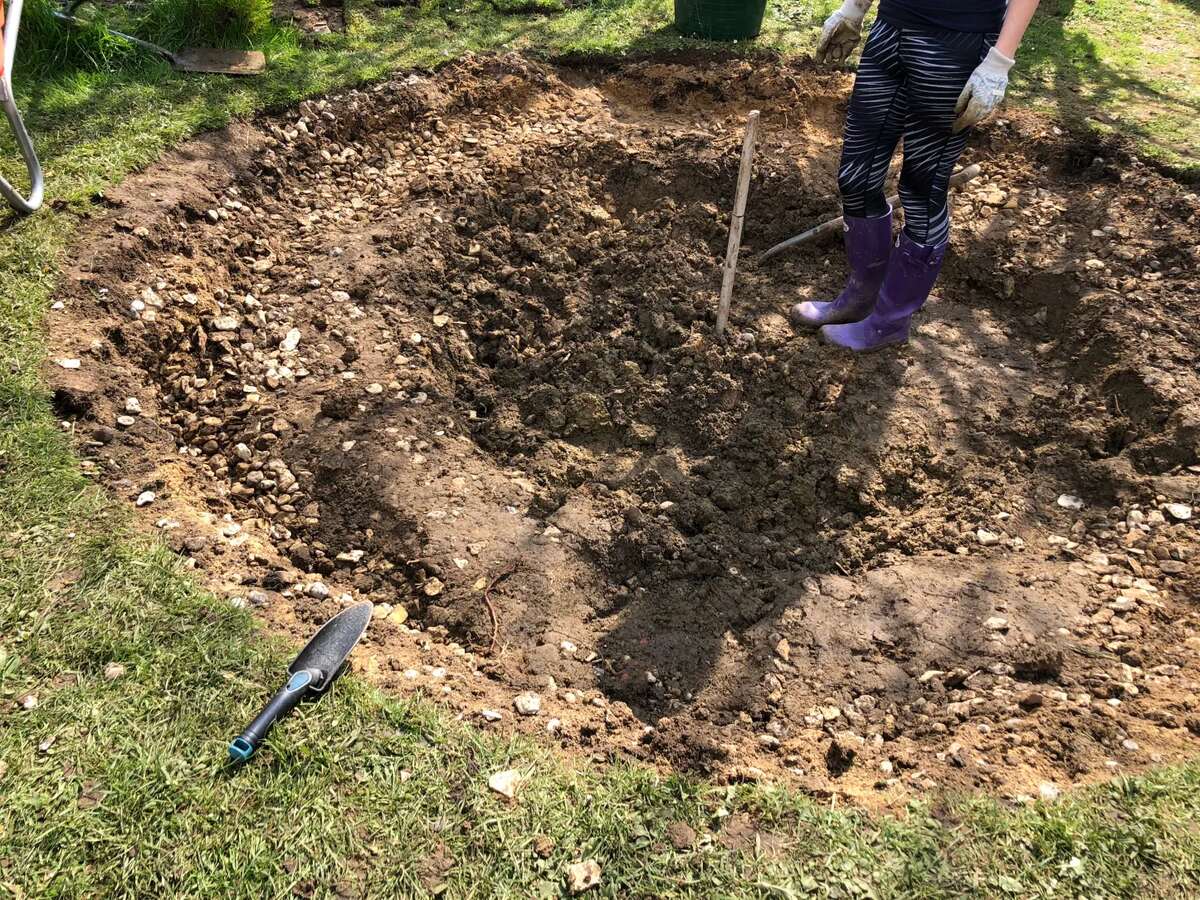
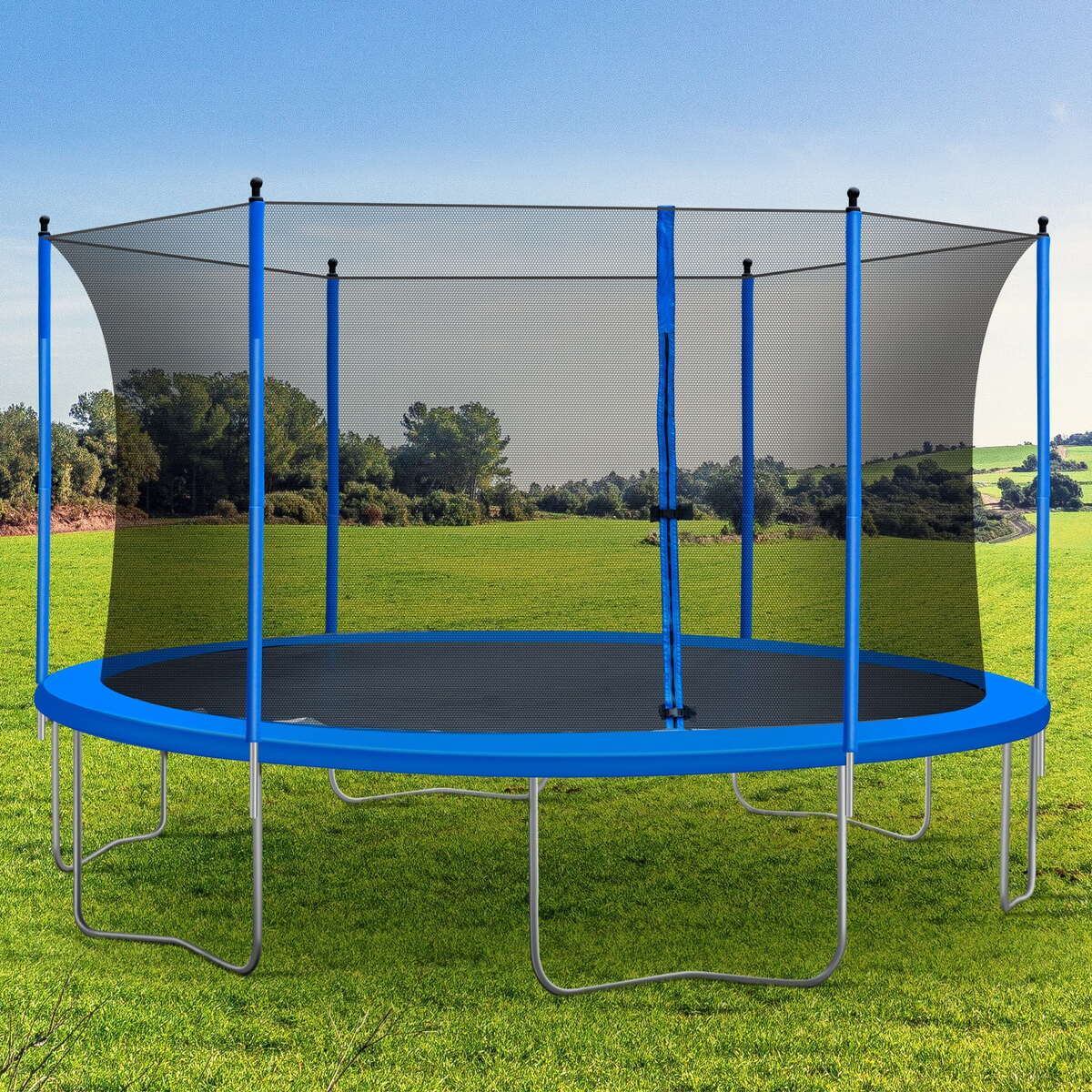
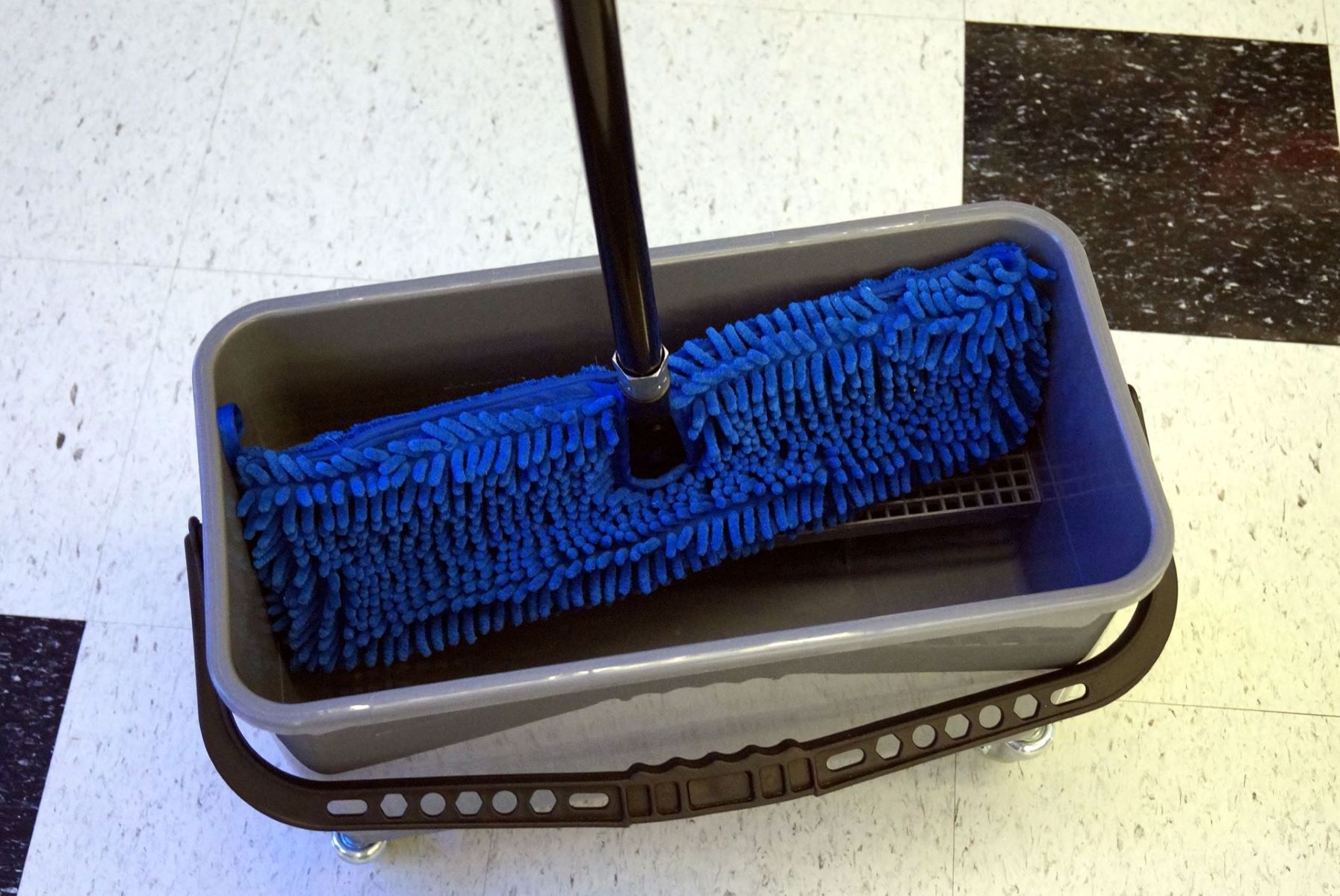
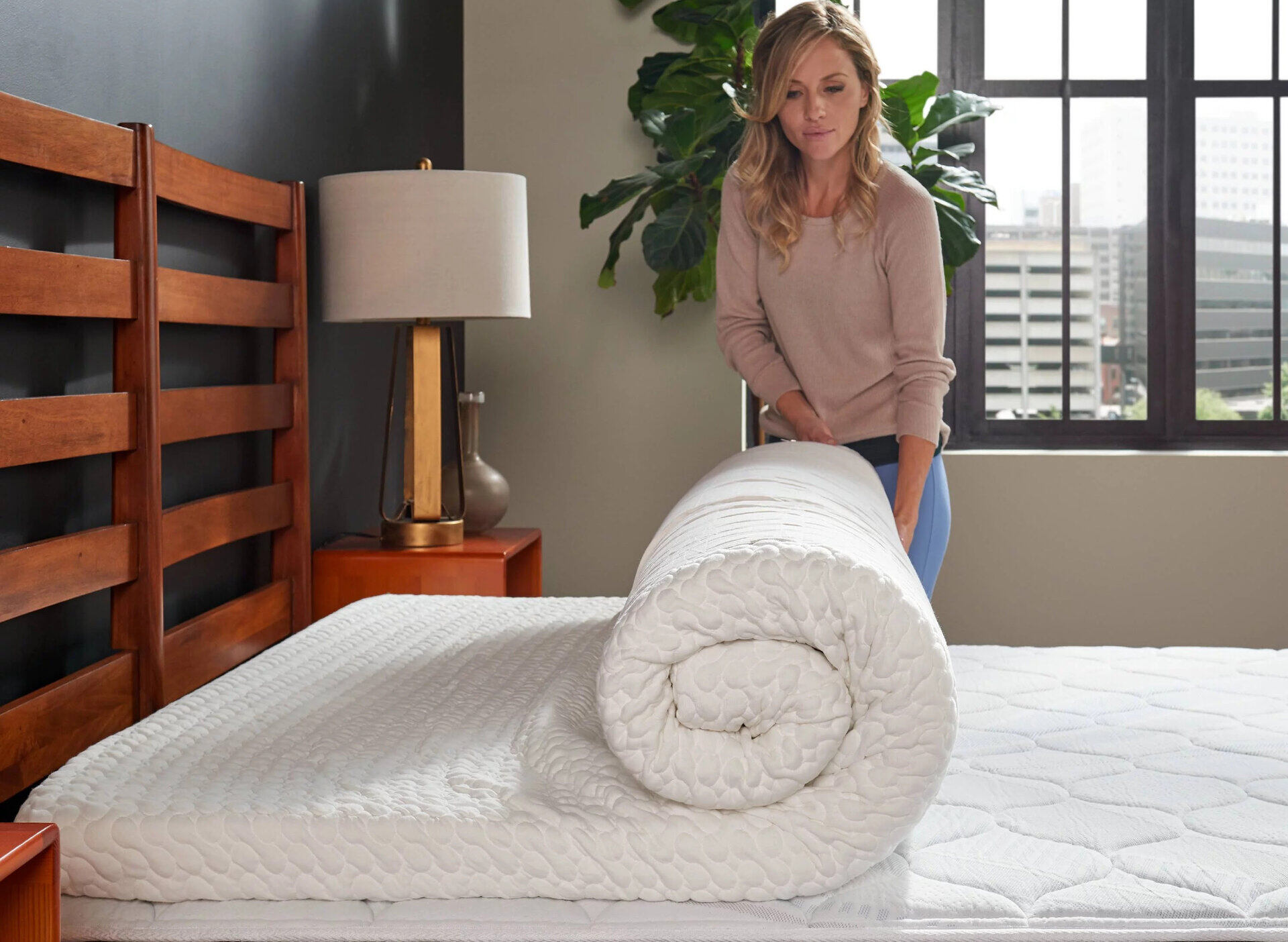
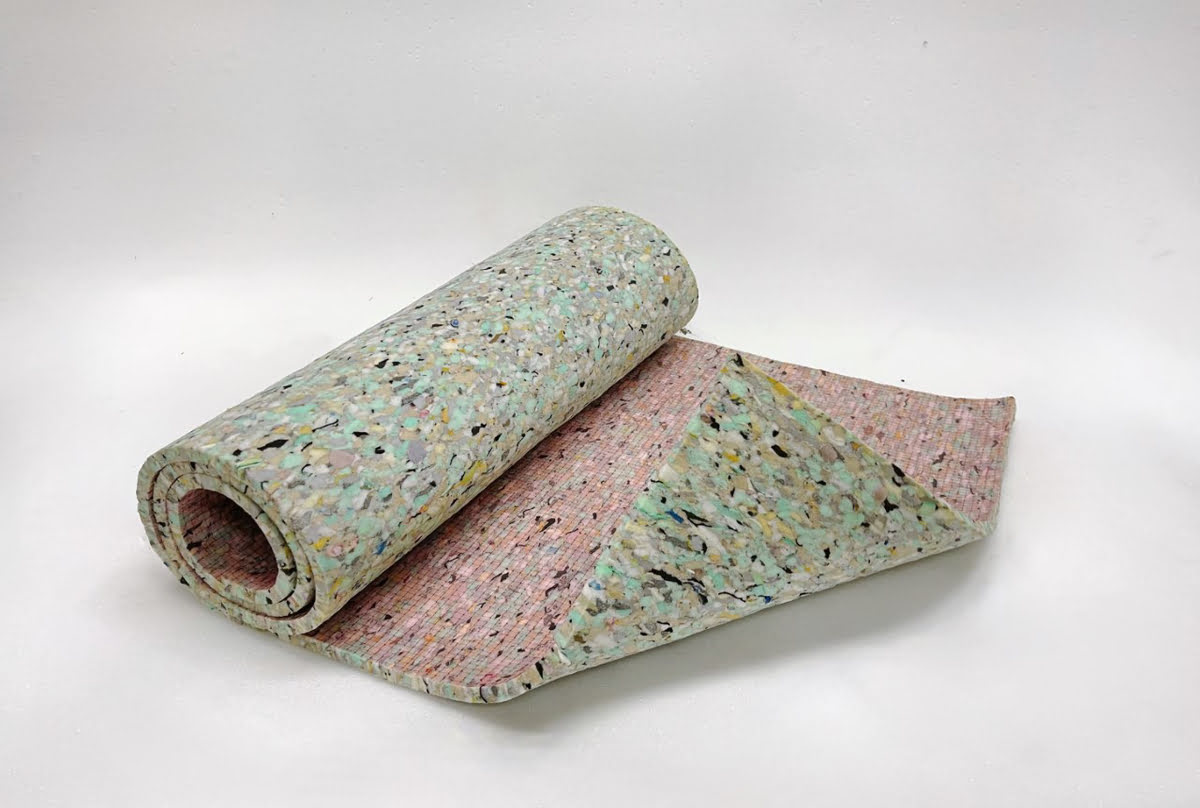
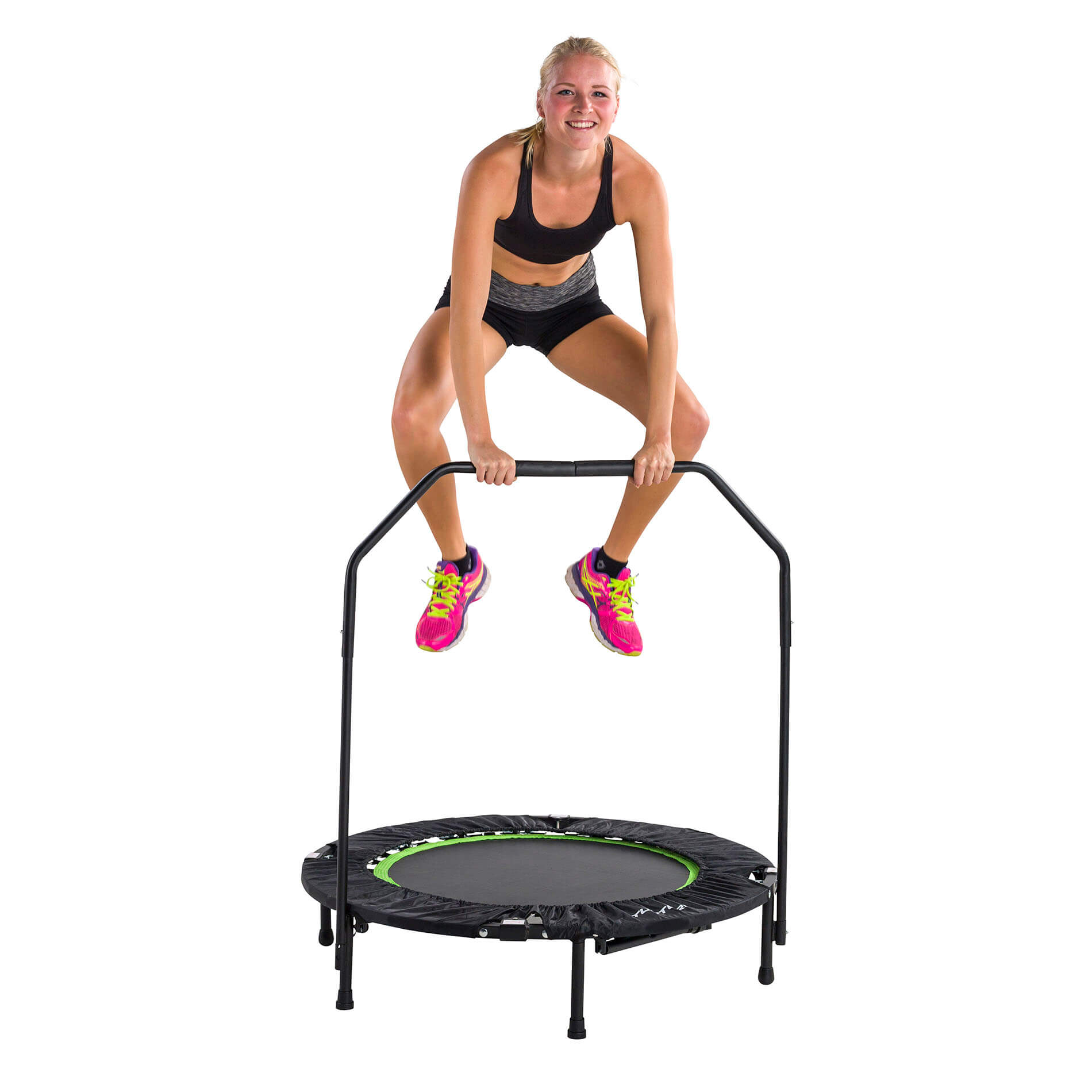
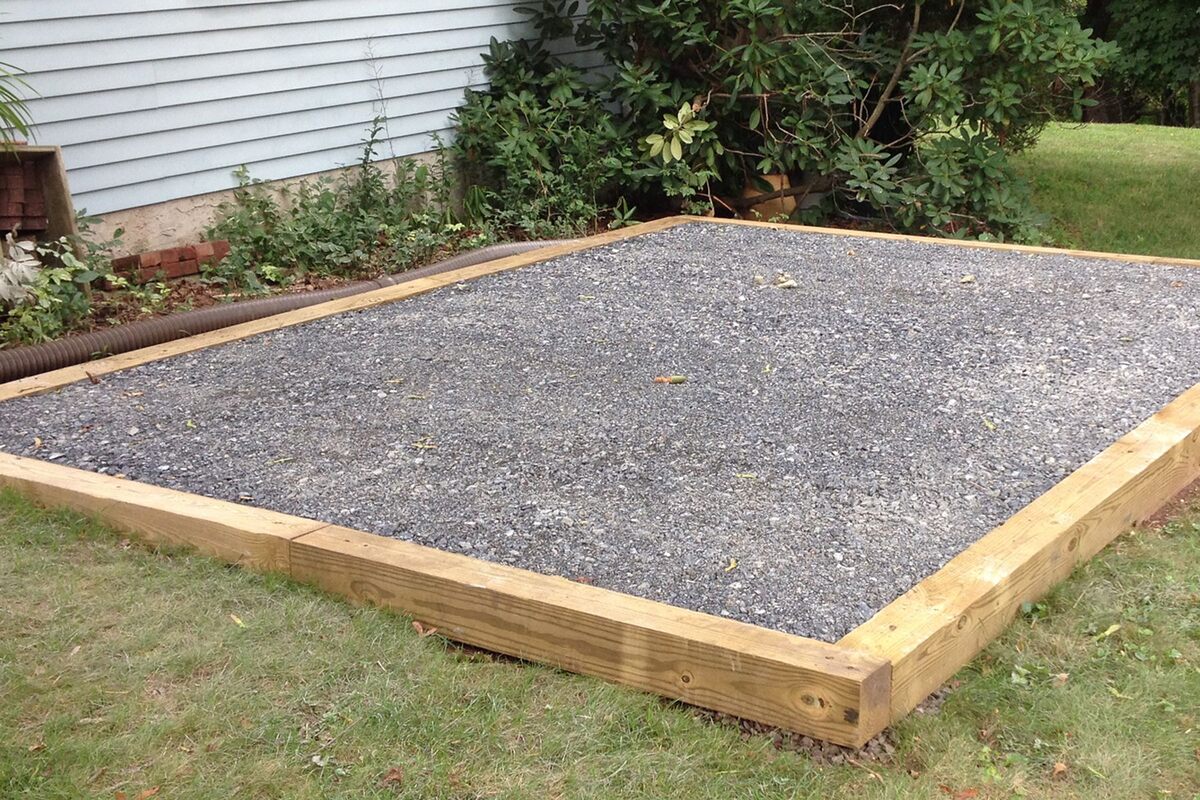
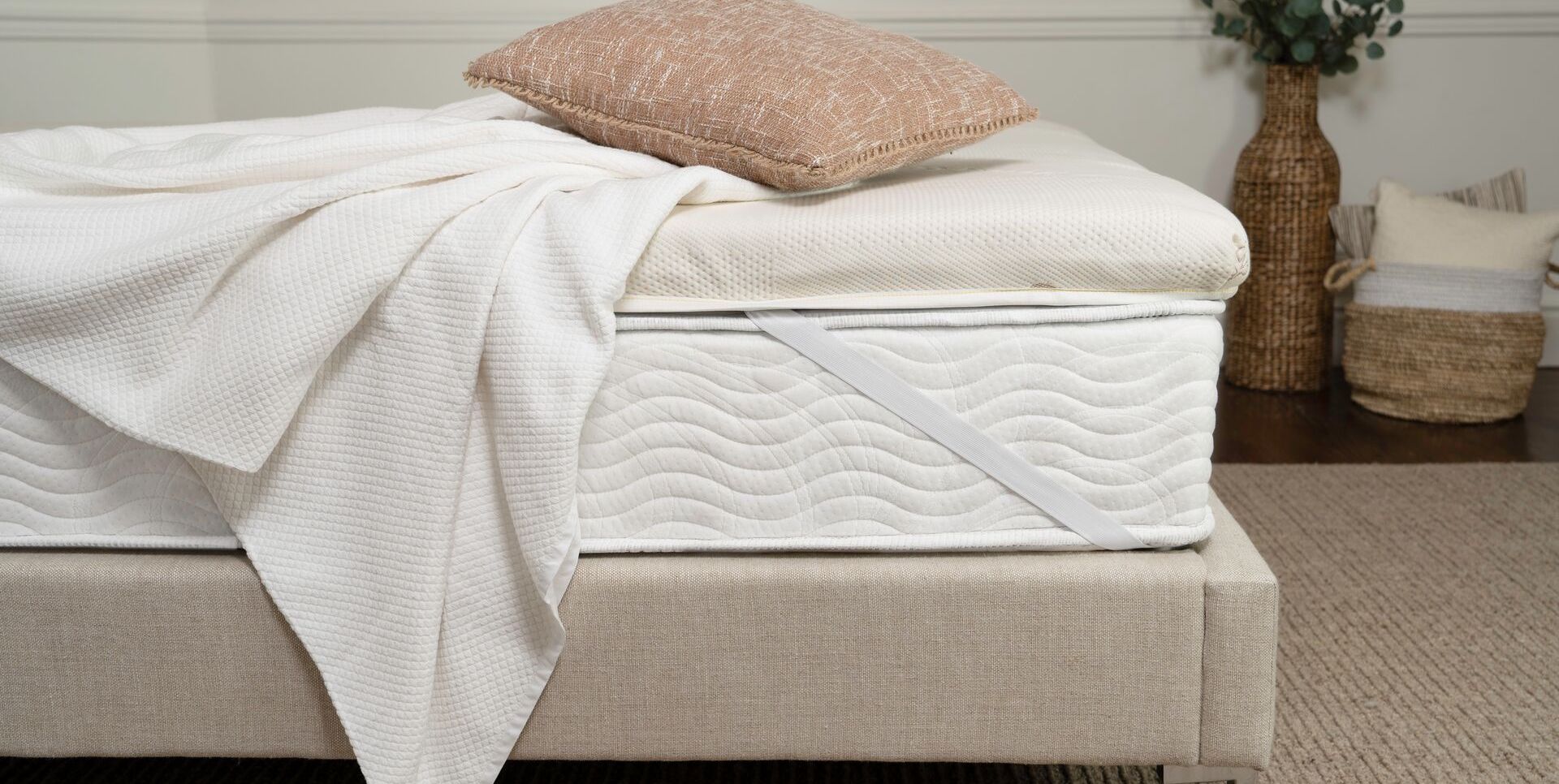

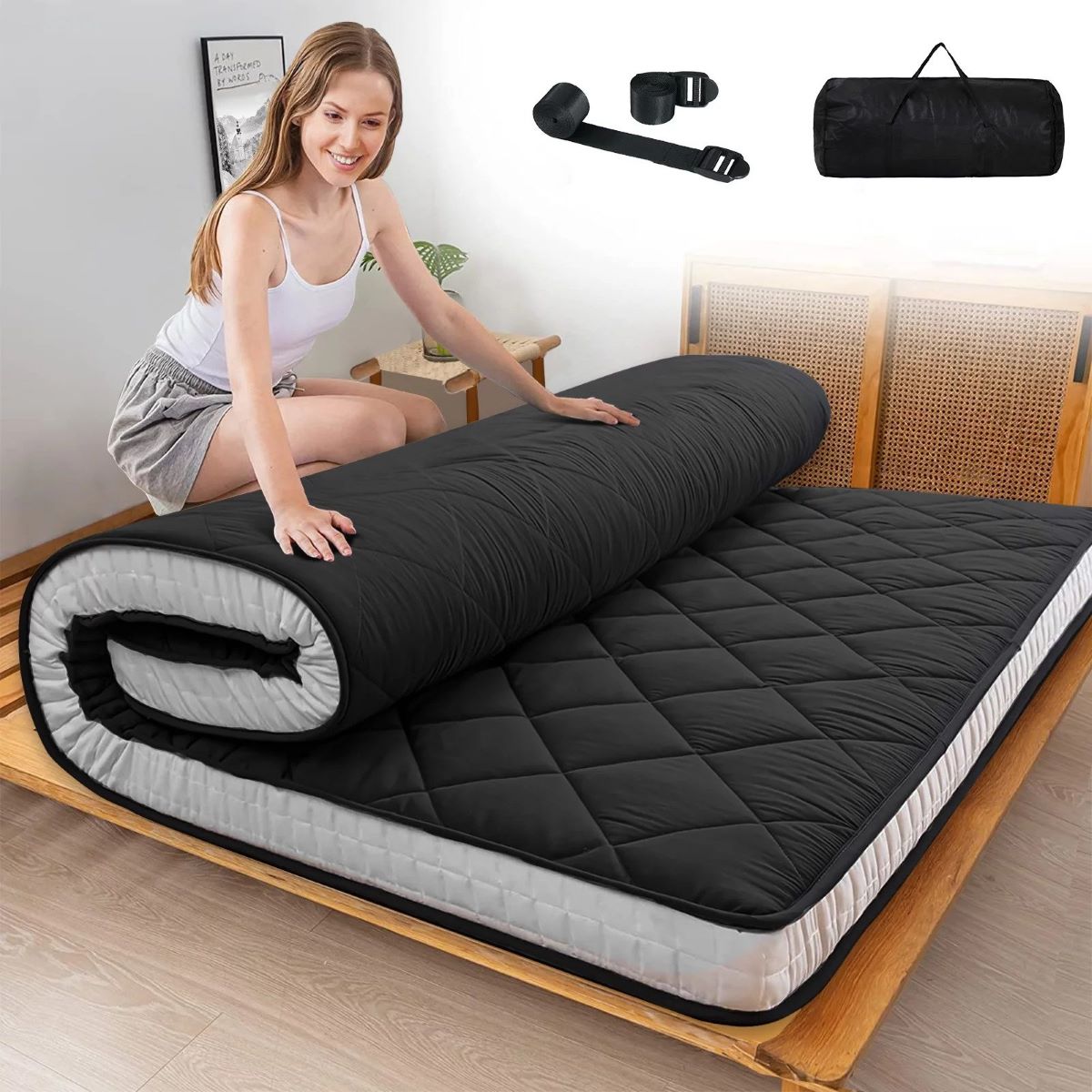
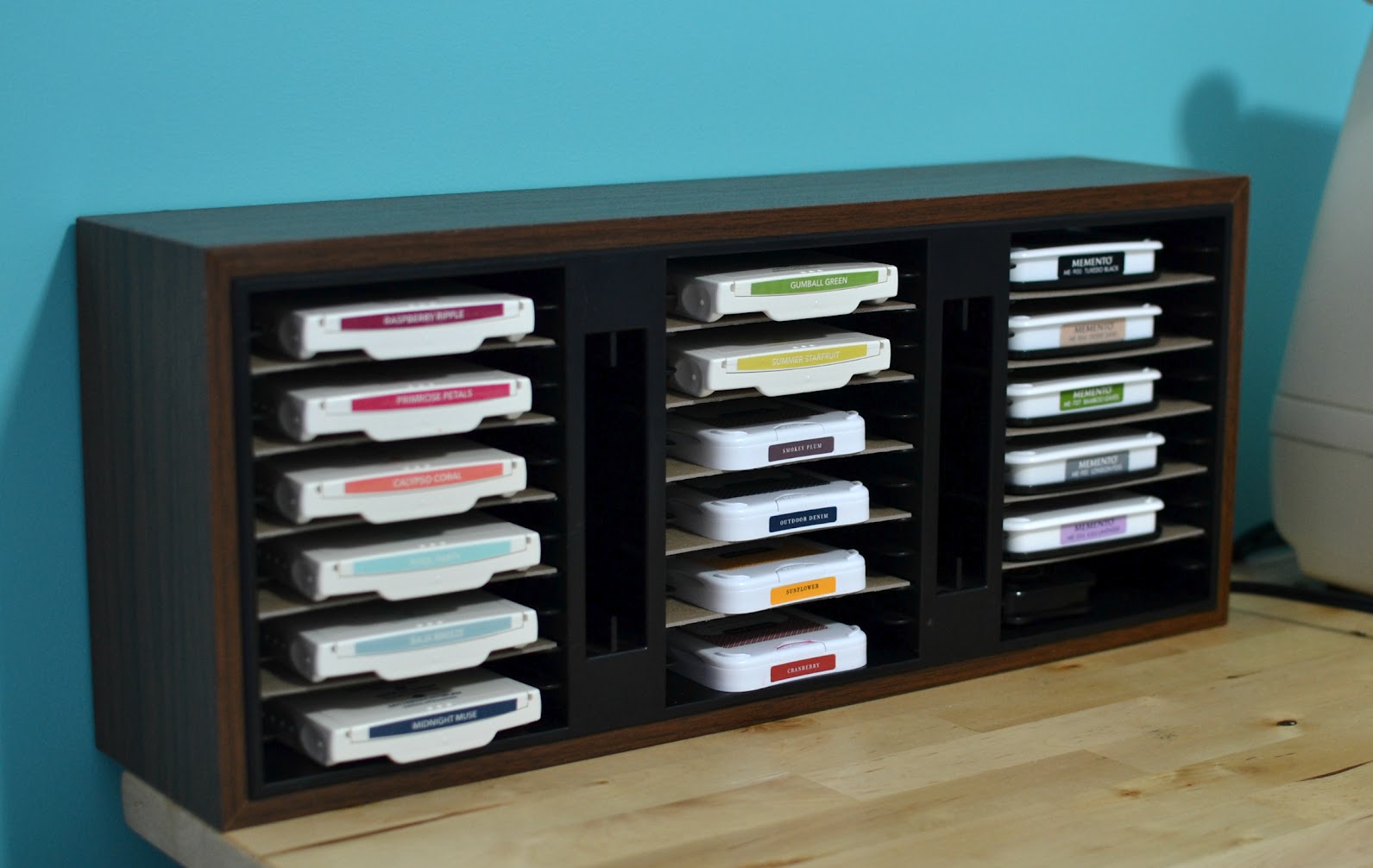
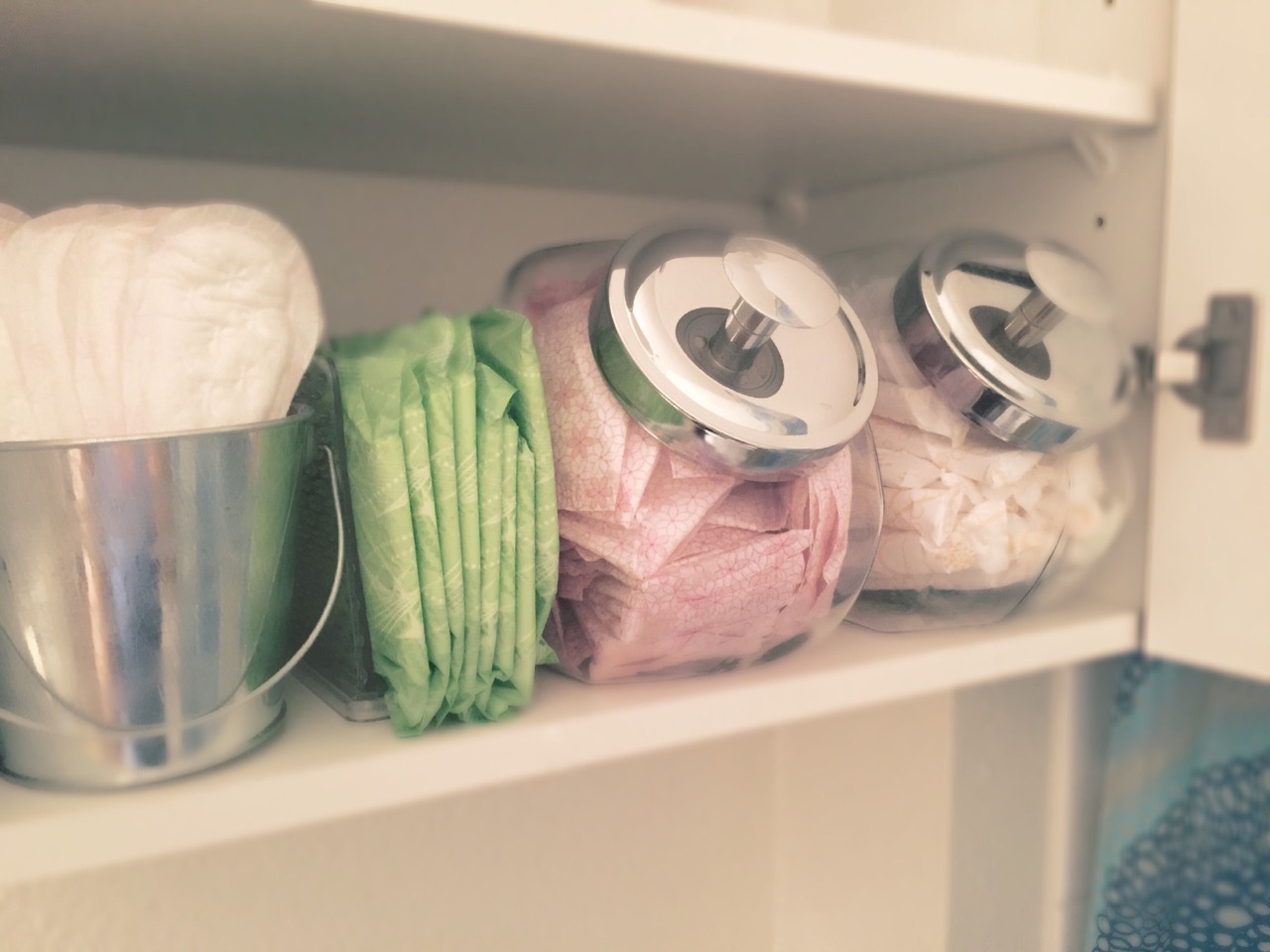


0 thoughts on “How To Measure For A Trampoline Pad”